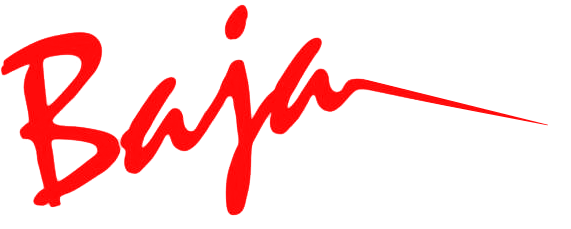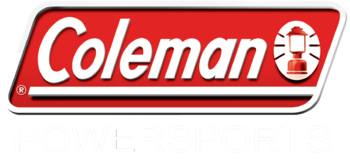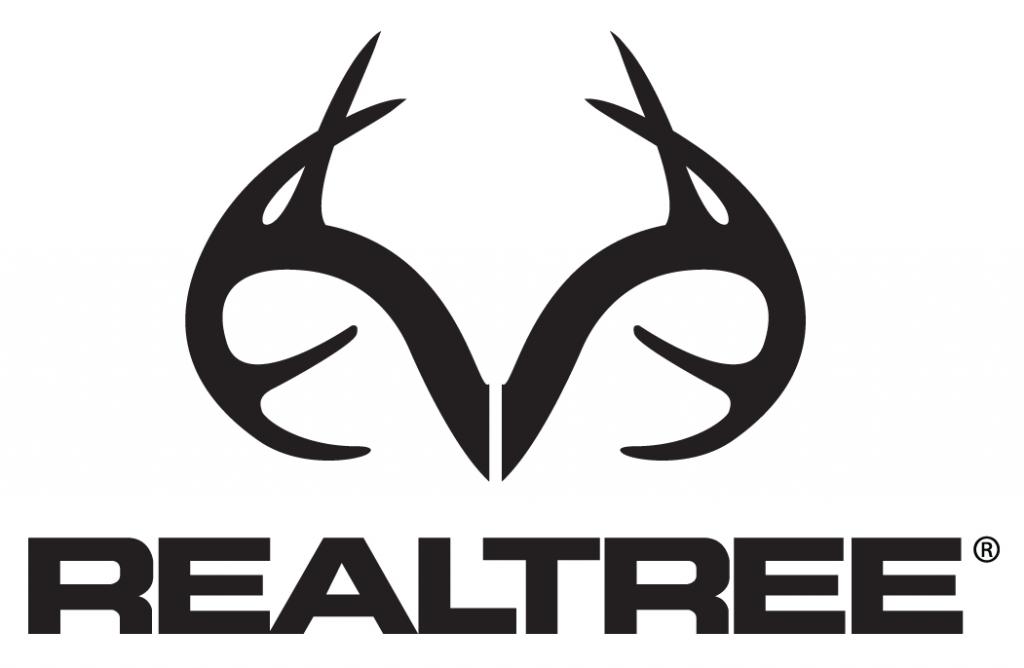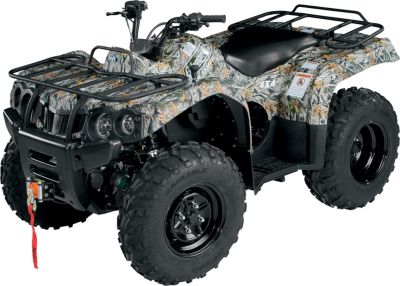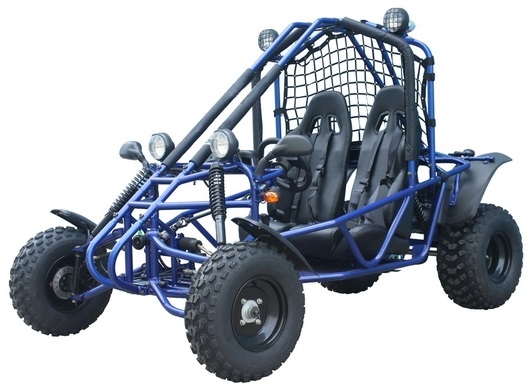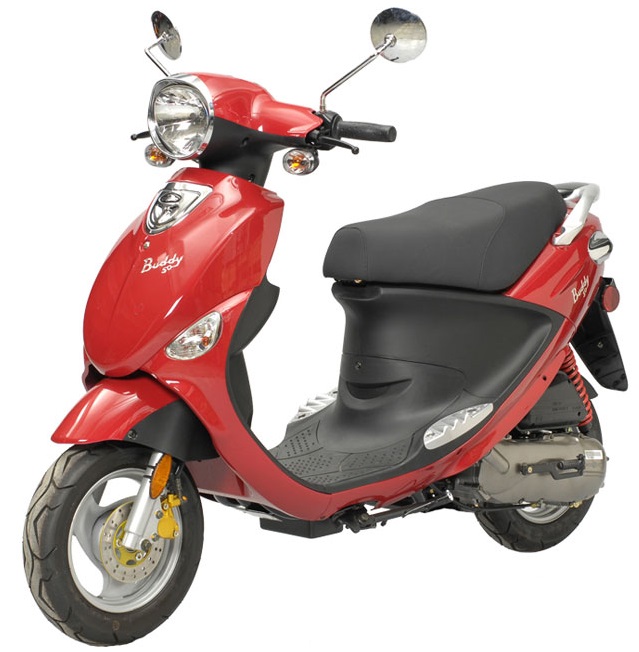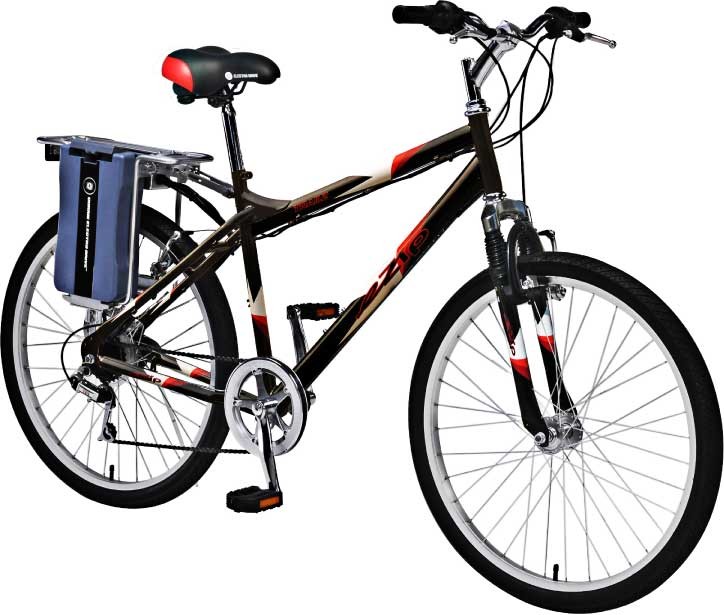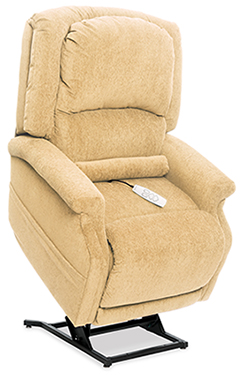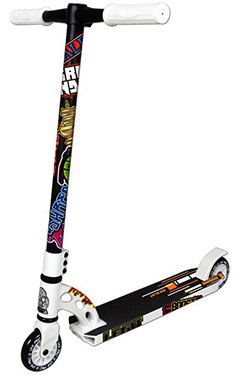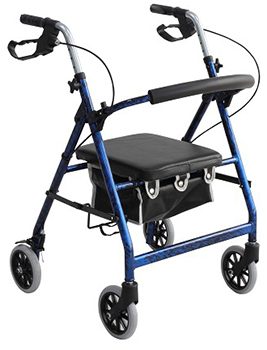- Accessories
- Armrests
- Batteries
- Battery Box Assemblies
- Battery Chargers
- Bearings
- Brakes
- Circuit Breakers
- Clearance and Discounted Items
- Controllers
- Drive Belts
- Footrests & Leg Rests
- Fuses & Fuse Holders
If your recreational or street scooter, ATV, go-kart, buggy, pocket bike, or pit bike is not performing as well as it has in the past, or has been stored with gas in the fuel tank
for an extended period of time, the source of your problem may very well be your scooter carburetor. That's okay; Monster Scooter
Parts will have you up and running in no time.
What Scooter Carburetor Do I Have?
The first two things we need to know are the brand and model of your scooter, ATV, go-kart, buggy, pocket bike, or pit bike.
Next we need to know your engine size in cubic centimeters (cc) and your engine type; is it a 2-stroke or a 4-stroke design? Finally,
we need to know the style of carburetor you have on your engine. The three typical scooter carburetor styles used on these engines are; butterfly with or
without a primer bulb, cable slide, and constant velocity (CV).
| Engine Size | Carburetor Type | Choke Type | Intake Size Range | Recommended Intake Size | Recommended Carb(s) |
|---|---|---|---|---|---|
| 33cc | Butterfly | Manual | 11 mm | 11 mm | P33-4080 |
| 36cc | Butterfly | Manual | 11 mm | 11 mm | P33-4080 |
| 41.5cc | Butterfly | Manual | 11 mm – 13 mm | 13 mm | 13 mm |
| 43cc | Butterfly | Manual | 11 mm – 15 mm | 13 mm | 13 mm |
| 47cc | Butterfly | Manual | 13 mm – 15 mm | 13 mm | 13 mm |
| 49cc | Butterfly | Manual | 13 mm – 15 mm | 15 mm | P33-4082 |
| 50cc | Butterfly | Manual | 13 mm – 15 mm | 15 mm | P33-4082 |
| 50cc | Cable Slide | Auto | 13 mm – 19 mm | 19 mm | P33-4193 |
| 52cc | Butterfly | Manual | 13 mm – 15 mm | 15 mm | P33-4082 |
| Engine Size | Carburetor Type | Choke Type | Intake Size Range | Recommended Intake Size | Recommended Carb(s) |
|---|---|---|---|---|---|
| 47cc | Cable Slide | Manual | 13 mm | 13 mm | P33-4081 |
| 49cc | Cable Slide | Manual | 13 mm | 13 mm | P33-4081 |
| 50cc | Constant Velocity | Auto | 14 mm – 21 mm | 19 mm | P33-4091 |
| 50cc | Cable Slide | Manual | 12 mm – 19 mm | 19 mm | P33-4088 |
| 70cc | Cable Slide | Manual | 12 mm – 19 mm | 17 mm | P33-4184 |
| 90cc | Cable Slide | Manual | 17 mm – 24 mm | 19 mm | P33-4089 |
| 97cc | Butterfly | Manual | 17 mm – 24 mm | 19 mm | P33-4086 |
| 110cc | Cable Slide | Manual | 19 mm – 24 mm | 22 mm | P33-4088 |
| 125cc | Constant Velocity | Auto | 19 mm – 24 mm | 22 mm | P33-4077 |
| 150cc | Constant Velocity | Auto | 22 mm – 26 mm | 24 mm | P33-4077 |
| 150cc | Cable Slide | Manual | 22 mm – 26 mm | 24 mm | P33-4090 |
| 200cc | Cable Slide | Manual | 24 mm – 30 mm | 27 mm | P33-4118 |
| 250cc | Constant Velocity | Auto | 26 mm – 32 mm | 30 mm | P33-4112 |
Will This Carburetor Fit My Scooter?
This is really two questions in one. First we need to know the overall height, width, and depth of your current carburetor so we can determine if a Monster Scooter Parts replacement
carburetor will physically fit on your engine. The second question is how does your current carburetor mount to your engine? Some scooter carburetors are bolted directly to the engine case;
others are attached to the air box and engine intake manifold using flexible hose and clamps.
If your carburetor bolts to your engine case then we will need to know the number of mounting holes, the diameter of the holes, and the distance between those holes. The proper way to measure
the distance between the holes is to measure from the center of one hole to the center of the next hole. We will also need to know the inner diameter of both the fuel intake port on your engine
and the inner diameter of the hole on the back of the carburetor where it mates to the engine.
If your carburetor is held in place using hoses and clamps then we will need to know the inner diameter of the hose coming from your
air cleaner, the outer diameter of your carburetor air intake,
and the outer diameter of the engine side of your carburetor. Knowing the inner diameter of your fuel intake port is also very helpful to find the proper replacement carburetor from Monster Scooter Parts.
Manual or Electric Choke?
Every carburetor has a way to enrich the fuel-to-air ratio for cold starting. If you have to push or pull a knob, move a lever or push a button or bulb you have a manual choke. Conversely,
if all you need to do is pull your starter cord or turn your ignition key you
have an electric choke or an auto bystarter.
For manual choke carburetors we need to know if you engage it directly on the carburetor body or engage the choke remotely via a cable or other mechanical connection. We also need to know
if the choke mechanism is on the right side or left side of the carburetor. To determine on which side the choke mechanism is located view your carburetor from the air intake side.
For electric choke carburetors we need to know the type and number of connectors and the length of the wires from the
auto bystarter to where it plugs into the wiring harness.
Scooter Carburetors by the Numbers
Unless you are making modifications to try to improve your scooter's performance it is best to replace your carburetor with one that is similar in bore size to the carburetor that is currently on
your motor scooter, ATV, go-kart, buggy, pocket bike, or pit bike. To determine your carburetor bore size measure the inner diameter of the opening on the engine side of your carburetor. This dimension,
in millimeters, is the standard used when comparing carburetors of different sizes. Using a carburetor with a slightly smaller bore may improve your acceleration from a dead stop but you will lose
some top end speed. Switching to a carburetor with a slightly larger bore will give you some higher RPMs and speed but the time it will take you to get to top speed will be a little longer.
Bigger is not always better. Installing an overly-large carburetor will not give you great results. In fact, it may actually give you a sudden and catastrophic engine failure, provided you can get your scooter's engine
to run at all. A larger carburetor will allow more air to flow into your engine which can alter the air to fuel ratio causing a “too lean” condition. Running an engine lean means a lesser number of fuel
particles and a greater number of air particles in the combustible mix. Engines that are run too lean for too long usually end up burning a hole in the piston or worse.
A replacement carburetor that is too small will cause you to suffer the opposite condition known as running “rich”. An engine that runs rich will sputter and stumble, put out greater emissions,
and empty your fuel tank faster than you would like. And you will spend a fortune on spark plugs trying to keep a rich-running engine
on the go.

Butterfly Carburetors
Butterfly carburetors are common on small 2-stroke engines (33cc to 52cc) and are used on recreational scooters, go-peds, and mini go-karts.
"Butterfly" refers to a thin piece of metal in the bore on the engine side of the carburetor and it is the throttle plate. The
butterfly rotates open as you open the throttle to allow more fuel/air mixture into the cylinder and rotates closed as you let off
the gas. Many carburetors that use a butterfly on the engine side often use an additional butterfly on the air intake side that serves as a choke for cold starts. This is often called a choke valve or choke plate.
Back To The Top
 Cable Slide Carburetors
Cable Slide Carburetors
A cable slide carburetor does not have any butterflies. Instead the throttle valve is a piston gate valve also known as a slide.
The slide is connected directly to the throttle cable and it moves up in the bore when you accelerate and down as you decelerate.
There is a tapered needle on the underside of the slide that sits in a fuel supply opening. As the cable lifts the slide, the slide
pulls the needle higher out of the fuel hole. This action has two results; more fuel is supplied, and the bore size is increased as
the slide is retracted, flowing both more fuel and air to the engine.
Back To The Top
 Constant Velocity Carburetors
Constant Velocity Carburetors
The constant velocity carburetor, often referred to as a CV carb, operates through the use of a slide, tapered needle, diaphragm,
and a butterfly. The throttle cable is not connected to the slide, it operates the butterfly which is located on the engine side of
the carburetor. As the butterfly is opened more air is able to flow in. This changes the air pressure in the bore, pushing up the
diaphragm and drawing the slide and tapered needle with it. Similar to the cable slide carburetor, when the needle is raised more fuel
is supplied and as the butterfly opens more air is added to the mix.
Back To The Top












